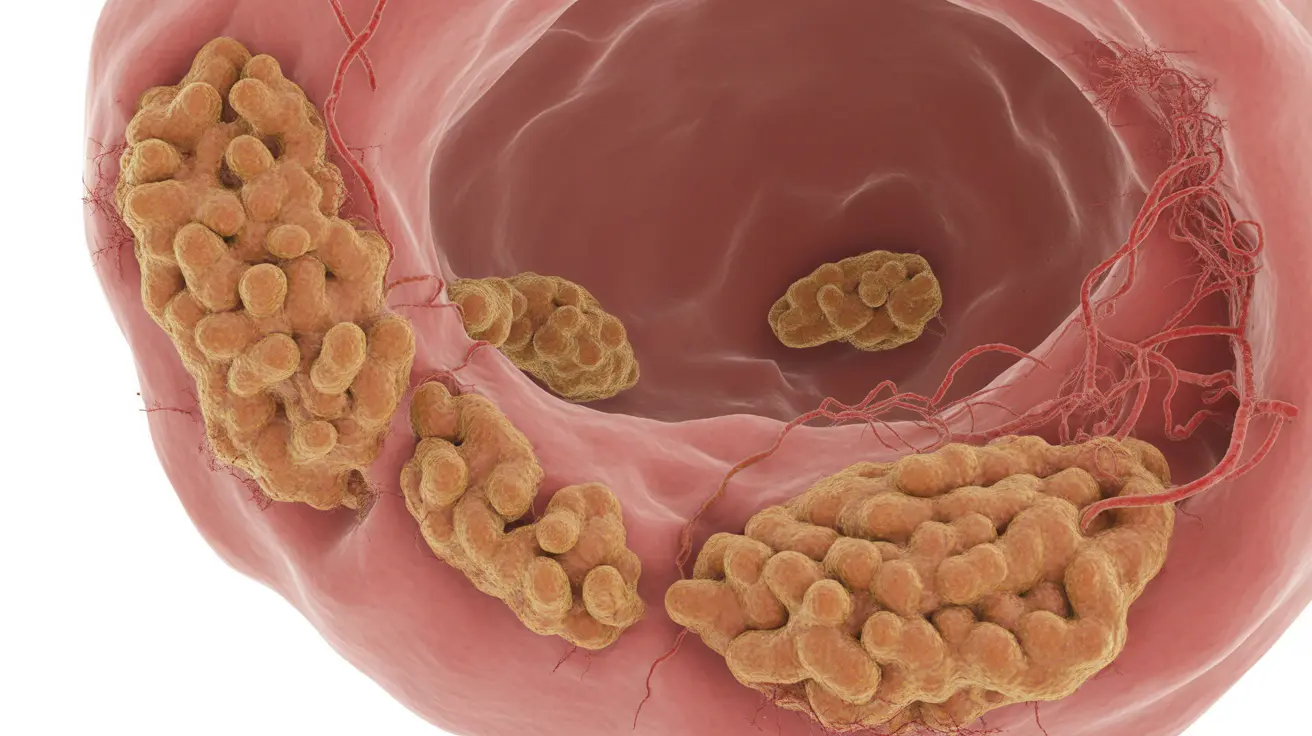Klebsiella pneumoniae urinary tract infections (UTIs) represent a significant health concern that requires prompt medical attention. This bacterial infection can affect the urinary system and may lead to serious complications if left untreated. Understanding the symptoms, treatment options, and prevention strategies is crucial for managing this condition effectively.
While K. pneumoniae naturally exists in the human gut, when it enters the urinary tract, it can cause problematic infections that may become resistant to common antibiotics. This comprehensive guide will help you understand everything you need to know about K. pneumoniae urinary infections.
Understanding Klebsiella Pneumoniae UTIs
Klebsiella pneumoniae is a gram-negative bacterium that can cause various infections, including urinary tract infections. When present in urine, these bacteria can lead to both lower and upper urinary tract infections, potentially affecting the bladder, kidneys, and other parts of the urinary system.
Common Symptoms and Warning Signs
Recognizing the symptoms of a K. pneumoniae urinary infection is crucial for early intervention. Common signs include:
- Frequent urination
- Burning sensation during urination
- Cloudy or dark urine
- Strong-smelling urine
- Lower abdominal pain
- Back pain (if kidneys are affected)
- Fever and chills (in severe cases)
Diagnosis and Testing
Healthcare providers typically diagnose K. pneumoniae urinary infections through several methods:
- Urinalysis
- Urine culture tests
- Antimicrobial susceptibility testing
- Physical examination
- Review of medical history
Treatment Approaches
Treatment for K. pneumoniae in urine typically involves:
Antibiotic Therapy
Healthcare providers will prescribe specific antibiotics based on susceptibility testing, as K. pneumoniae can be resistant to certain medications. The course typically lasts 7-14 days, depending on infection severity.
Supportive Care
Additional treatment measures may include:
- Increased fluid intake
- Pain management medication
- Rest and recovery
- Regular monitoring of symptoms
Risk Factors
Several factors can increase your risk of developing a K. pneumoniae urinary infection:
- Recent hospitalization
- Catheter use
- Weakened immune system
- Diabetes
- Recent antibiotic use
- Advanced age
- Surgery in the urinary tract
Prevention Strategies
Taking preventive measures can help reduce the risk of K. pneumoniae infections:
- Maintain good personal hygiene
- Stay well-hydrated
- Wipe from front to back after using the bathroom
- Empty your bladder completely when urinating
- Change catheters as recommended by healthcare providers
- Practice proper hand washing
Possible Complications
If left untreated, K. pneumoniae urinary infections can lead to serious complications:
- Kidney infection (pyelonephritis)
- Sepsis
- Abscess formation
- Chronic urinary problems
- Antibiotic resistance
Frequently Asked Questions
What are the symptoms of a urinary tract infection caused by Klebsiella pneumoniae?
Common symptoms include frequent urination, burning sensation while urinating, cloudy or dark urine, strong urine odor, lower abdominal pain, and possibly fever. In severe cases, patients may experience back pain and chills, particularly if the infection spreads to the kidneys.
How is Klebsiella pneumoniae in urine typically diagnosed and treated?
Diagnosis involves urinalysis, urine culture, and antimicrobial susceptibility testing. Treatment typically consists of targeted antibiotic therapy based on susceptibility results, along with supportive care measures such as increased fluid intake and rest.
What are the risk factors for developing a Klebsiella pneumoniae urinary tract infection?
Major risk factors include recent hospitalization, catheter use, weakened immune system, diabetes, recent antibiotic use, advanced age, and previous urinary tract surgeries or procedures.
Can Klebsiella pneumoniae infections be prevented, and if so, how?
Yes, these infections can often be prevented through proper hygiene practices, staying well-hydrated, proper wiping technique after using the bathroom, complete bladder emptying, and appropriate catheter care when applicable.
What are the potential complications if a Klebsiella pneumoniae UTI is left untreated?
Untreated infections can lead to serious complications including kidney infection (pyelonephritis), sepsis, abscess formation, chronic urinary problems, and the development of antibiotic-resistant infections.




